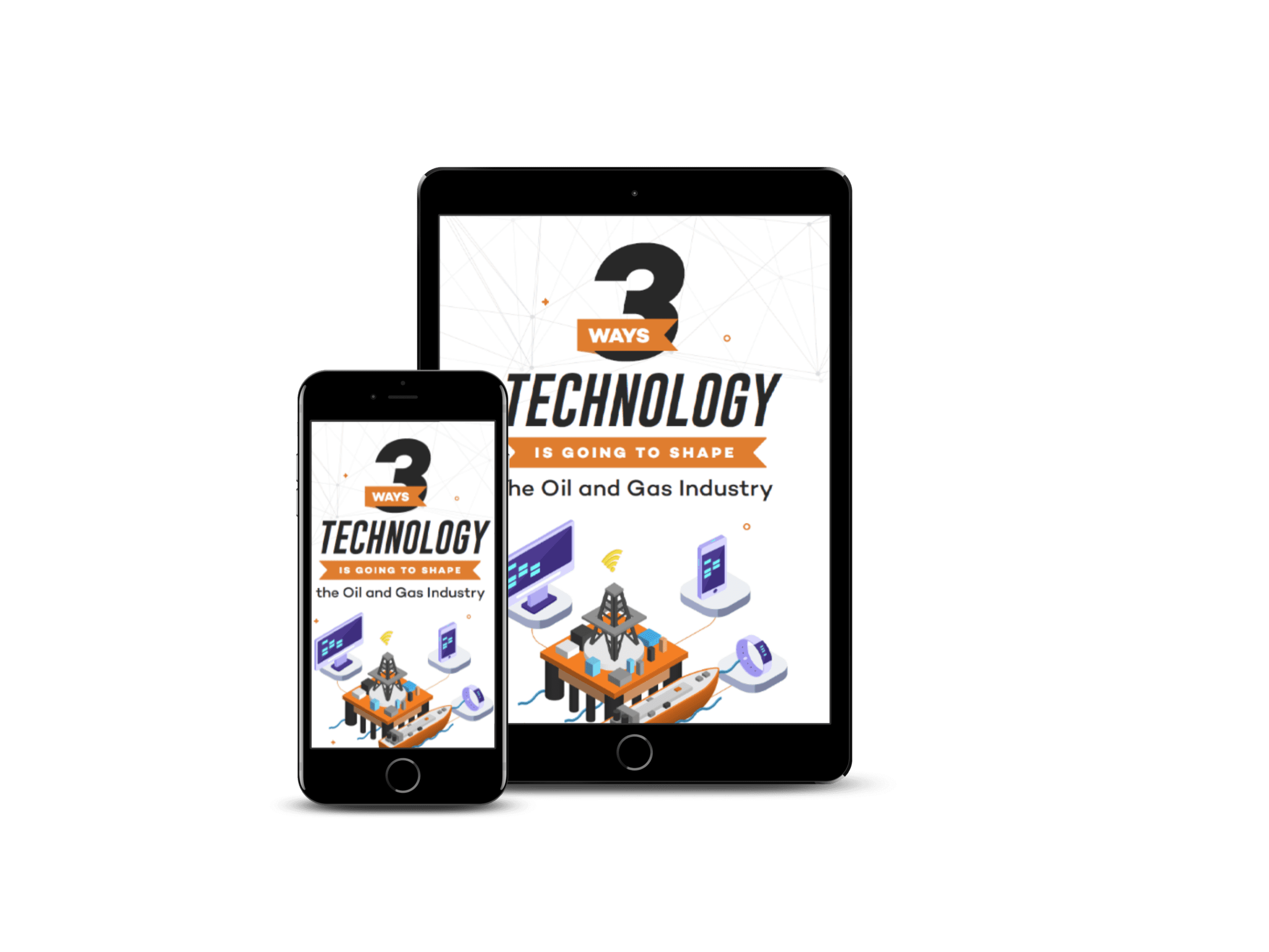Wearable technology is of particular use in heavy industrial environments where workers are expected to work with their hands. Carrying extra equipment such as laptops, mobiles or tablets in addition to tools and protective clothing, is often more of a hindrance than a help. Wearable technology, such as watches and glasses, solves this problem by giving workers access to digital resources without increasing the amount of equipment they need to carry.
Here are four examples of how oil and gas companies are using wearable technology to drive improvements in their operations:
#1: Remote Worker Assistance
Tackling a difficult maintenance problem on a complex piece of machinery can be challenging for any worker. Workers often require specialist knowledge and support from technical experts. TotalEnergies and Mitsubishi Chemicals are among the companies that have adopted a hands-free headset from RealWear that gives workers real-time access to MS Teams as they carry out maintenance operations in the field. The helmet connects workers with technical experts who may be located offsite.
A video camera built into the headset gives the remote users a visual of what the worker is looking at to further aid in remote machine diagnosis.
“We can have specialists who are in different geographical locations in we can bring them together virtually where they can all see the same information and provide advice,” says Patrick Short, Digital Manager, Smart Factory, Mitsubishi Chemicals.
#2: Safety
Getting workers home safely at the end of the day is one of the top aims of oil and gas companies. The oil and gas industry is full of hazardous situations and environments.
Wearable technology can help fulfill a variety of safety functions: tracking worker locations, monitoring vital signs to mitigate risks in hazardous and/or remote locations, and improved access to information for field workers to alert them to possible dangers in their environments.
“If someone is working in extreme conditions – such as hot weather – or undertaking a particular task that might be stressful we want to understand how they are reacting to the environment to keep them safe,” says Anna Bainbridge, Digital Manager, People Engagement at Mitsubishi Chemicals.
#3: Immersive Training
Virtual and augmented reality headsets can offer an effective training environment for new recruits. As the oil and gas industry scales up production, older workers retire, and young people increasingly turn away from industrial jobs, it has become more difficult to find and retain workers. Tools such as VR/AR allows the industry enables the industry to more effectively train new workers and assist in greater knowledge retention.
Virtual reality simulations, for instance, give new recruits the experience of the real world from the safety of a training center.
Abu Dhabi National Oil Company (ADNOC) Gas Processing has been successfully using VR to reduce training costs and improve competency among its plant operators and maintenance personnel, according to the Journal of Petroleum Technology.
Augmented reality is another wearable device that offers potential for oil and gas companies. A wearable device, such as glasses, can help to overlay reality offering less experienced staff access to important visual guides, text, and other information that can help them carry out their jobs effectively and efficiently.
#4: Improved Customer Service
Wearable technology need not only be limited to workers operating within the company’s own operations. It can also be used to deliver more effective customer service.
For instance, Shell offers a service called the Shell Lube Advisor, which helps customers select the right lubrication methodology to improve machine performance, extend component life, and reduce maintenance costs. Traditionally, the service has required on site meetings between technical experts at Shell and their customers.
Earlier this year, however, Shell integrated wearable technology into this service for customers in the Middle East. The service enables remote inspection and maintenance, eliminating the need for Shell experts to be deployed on site.
“The Lube Advisor integrated with wearable technology is the result of an accelerated product development by Shell to help customers overcome the limitations on face-to-face interactions in industrial environments and jobsites,” says Haytham Yehia, General Manager, Shell Lubricants Middle East, quoted in Plant Machinery Vehicles. “The use of wearables gives us a new opportunity to support our customers, remotely and in real time. By offering personalized, online consultation delivered via a wearable device, we eliminate the need for physical site visits by Shell experts. Lube Advisor, currently, encompasses all value-added services related to lubrication provided by Shell, and we’ve found this to be a reliable and efficient way to work with customers.”
Key Considerations for Wearable Devices in Oil and Gas
As oil and gas companies increasingly adopt wearable devices in their operations, there are a number of important considerations that they must take into account:
Ruggedness: Devices must be made to withstand temperature variations, heavy rain, dust and other environmental factors to account for the wide range of environmental conditions that workers may encounter on the job.
Hazardous Environment Certification: Gas vapors pose a significant safety risk in oil and gas operations. The risk of explosion exists in many different areas of oil and gas operations: on offshore rigs, fuel distribution depots, petrochemical refineries, pipelines, and more. All electronic devices that are used in these environments must be manufactured under strict guidelines with the appropriate safety devices to minimize the risk of the equipment causing an explosion. In Europe, devices should be ATEX rated and in the USA devices are rated by the IECEx scheme.
Network Connectivity: It can be challenging to deploy Wi-Fi in many of the environments in which oil and gas operate. Connectivity can require expensive and complex installations of fiber and power using specialist, safety-rated equipment. This adds to the cost and complexity of internet connectivity.
To address this, some oil and gas companies are turning to private LTE to improve connectivity and reduce costs. A facility that would require over Wi-Fi access points can get the same or better network coverage with roughly 20 LTE radios, for instance, according to Ryan Tsamouris, solutions architect at a major petrochemical manufacturer.
If these challenges can be overcome, wearable technology in oil and gas promises exciting new operational benefits, safety improvements, and enhanced worker retention and training.
Interested in Learning More About this Topic?
Join us at The Connected Worker, Houston Summit on March 28-30, 2023 and network with over 150 of your industry peers at the Norris Conference Center in Houston, TX., and learn how to evaluate the existing gaps in your connected worker capability and identify the data-driven solutions that will drive continuous improvement across your operations. Download the agenda for more information.
Diana Davis is the editor of the Oil & Gas IQ. She has had over 10 years of experience in the editorial space, including creating content for online communities, television news journalism and software marketing. She loves exploring and diving deep into niche business topics and engaging with industry leaders, influencers, and experts to learn even more about the industry and the challenges being faced.
Oil and gas operations are commonly found in remote locations far from company headquarters. Now, it's possible to monitor pump operations, collate and analyze seismic data, and track employees around the world from almost anywhere. Whether employees are in the office or in the field, the internet and related applications enable a greater multidirectional flow of information – and control – than ever before.



